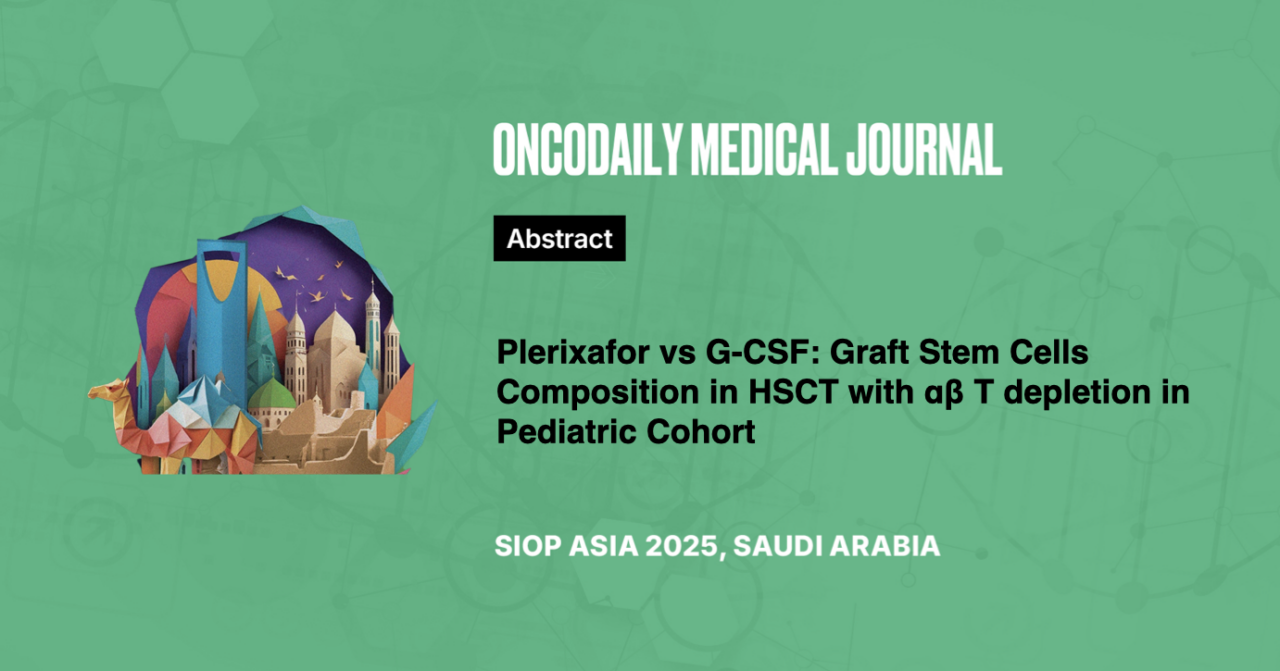Plerixafor vs G-CSF: Graft Stem Cells Composition in HSCT with αβ T Depletion in Pediatric Cohort
Abstract
Introduction: Hematopoietic stem cells (SC) are a heterogeneous population including the early-uncommitted fraction as well as different committed subsets. Donor mobilization strategy seems to be a significant factor affecting SC composition and engraftment kinetics. The aim of this study was to investigate the impact of different mobilization protocols: G-CSF (GCSF) or G-CSF with Plerixafor in case of inadequate stimulation with G-CSF alone (Plerixafor) on SC composition in a large cohort of pediatric patients transplanted from allo-compatible donors with αβ T cells depletion.
Methodology: Specimens from 161 grafts – 31 Plerixafor (19.3%) and 130 GCSF (80.7%) were under investigation. The samples were immunophenotyped by flow cytometry: pluripotent hematopoietic stem cells (HSC) –CD45RA-CD34+CD90+, multipotent progenitor (MPP) – CD45RA-CD34+CD90-CD133+, lymphoid-primed multipotent progenitor – (LMPP) – CD45RA+CD133+CD34+CD38lowCD10-, late granulocytes and macrophages progenitor – (late GMP) – CD45RA+CD133+CD34+CD38+CD10-, multi-lymphoid progenitor – (MLP) – CD45RA+CD133+CD34+CD38+CD10+, B-lymphoid progenitor – (BLP) – CD45RA+CD133-CD34+CD38++CD10+CD19+ and erythro-myeloid progenitor – (EMP) – CD45RA-CD34+CD133-CD10- CD38+ (J Dmytrus et. Al. 2016).
Differences were assessed using Mann-Whitney test. The engraftment was assessed using the data of leukocytes (WBC) and thrombocytes (PLT) engraftment (days WBC 1*106/ml, PLT 20*10^6/ml).
Results: Evaluation of CD34 subtypes revealed significant differences in Plerixafor and GCSF cohort respectively: HSC (M – 7.99% and 3.5%, p<0.0001); MPP (M – 54.26% and 66.12 %, p<0.0001); LMPP (M – 22.64% and 16.55%, p<0.0001); late GMP (M – 0.81% and 0.26%, p<0.0001); MLP (M – 2.24% and 0.78%, p<0.0001); BLP (M – 0.67% and 0.12%, p<0.0001); EMP (M – 0.95% and 0.65%, ns). The study of the correlation between the number of cells from various subpopulations and the engraftment time did not reveal significant differences.
Conclusion: The observed differences in the composition of SC subpopulations may be due to different mobilization strategies. However, these differences have not affected the effectiveness or timing of engraftment.





